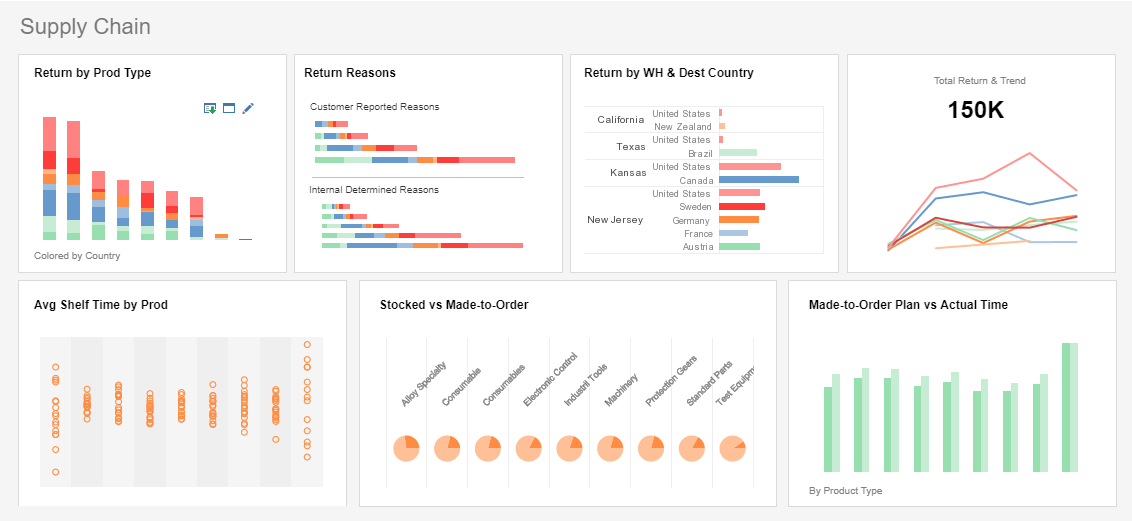InetSoft CEO Discusses Data Mashup Trends with the Business Intelligence Network
Nott: So it is a natural evolution for InetSoft to provide new ways to make decisions because that's what you've been doing all the time, and now you're just moving it into the new technologies.
Liang: This technology is still in its infancy. I am sure there is a lot of innovation to come out of this. The most interesting thing will be how this technology can be used to allow users to access mashups and the output of mashups in many different ways. Potentially it fits pretty well with the idea of BI that people normally would have. Because BI traditionally has been a two-tiered kind of architecture. If you view data tier as one tier where typically you would have data warehouses and data marts. If you did that, that is where you would have an ETL process to take operational data and aggregate them into a data warehouse. That becomes your analytic and reporting database, if you will. Then you have all those reporting tools to help you to access this data warehouse.
With mashups, if you take this one step further, the data warehouse and transactional databases and the many external data sources, such as if you have got a feed in a flat file format, if you have got a spreadsheet, all those things you can begin to mashup. So you have an end-user driven process sitting in front of your data assets, which includes the warehouse and everything else.
Users can explore and make the data into certain shapes. You can almost imagine in the users' heads, it's almost like having a dynamic spreadsheet that they have produced. They begin to access with the front-end this data asset they have produced, either by visualizing them or by producing reports or even other analysis. This technology can definitely enhance the traditional BI environment greatly. The good thing also is because of this mashup ability, you don't really have to have such a huge infrastructure in place. You can mashup the existing data assets even if you don't have a data warehouse.
Nott: Luke, thank you very much for joining us today and for having this discussion about this new technology you call mashup and how it fits into the BI space.
Liang: Thank you, Mary Jo. It's always a pleasure to speak with you.
Nott: If you in the audience want to find out more about this business intelligence software from InetSoft, please visit their site at www.inetsoft.com.
| Business Intelligence - Data Mashup | Previous 1 2 3 4 |

